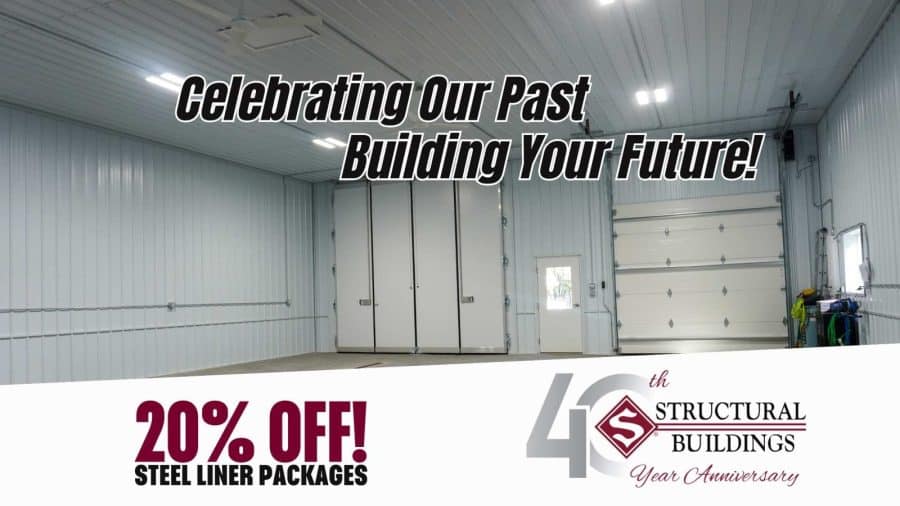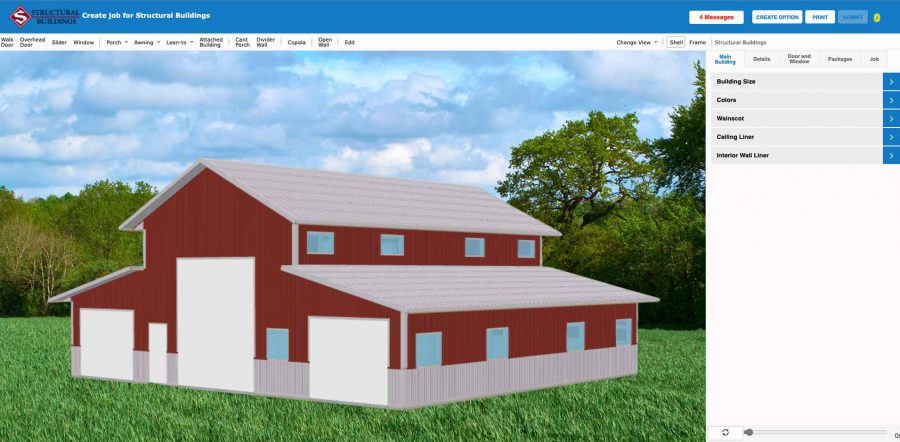When constructing a new building or renovating an existing one, selecting the right insulation is crucial. Proper insulation ensures energy efficiency, comfort, and longevity of the structure. Here’s a guide to different insulation options available for structural buildings and their respective benefits.
1. Fiberglass Insulation
Fiberglass insulation is one of the most common and widely used types. It consists of fine glass fibers and is available in batts, rolls, and loose-fill.
– Pros:
– Affordable and readily available.
– Easy to install, especially in attics, walls, and floors.
– Non-combustible and resistant to moisture damage.
– Cons:
– Requires protective gear during installation due to potential skin and respiratory irritation.
– Not very environmentally friendly.
2. Spray Foam Insulation
Spray foam insulation is a versatile option that expands upon application to fill gaps and cracks, providing an airtight seal.
– Pros:
– Superior air sealing properties reduce energy loss.
– Excellent for hard-to-reach areas.
– Adds structural strength to buildings.
– Cons:
– Higher cost compared to other insulation types.
– Requires professional installation.
3.Blown-In Batt Insulation
Blown-in batt insulation, often referred to as blown-in blanket system (BIBS), involves blowing loose fiberglass or cellulose fibers into wall cavities, floors, and attics.
Pros:
- Excellent for filling irregular spaces and cavities, ensuring comprehensive coverage.
- High R-value per inch, providing effective thermal insulation.
- Helps reduce air leaks and improve energy efficiency.
Cons:
- Requires professional installation with specialized equipment.
- Can be more expensive than traditional batt insulation but offers better performance.
4. Rigid Foam Insulation
Rigid foam boards are made from polystyrene, polyisocyanurate, or polyurethane and are used in walls, roofs, and foundations.
– Pros:
– High insulating value (R-value) per inch of thickness.
– Provides a continuous insulation layer, reducing thermal bridging.
– Resistant to moisture and provides additional structural support.str
– Cons:
– More expensive than traditional batt insulation.
– Requires careful sealing of joints to ensure maximum efficiency.
Making the Right Choice
Choosing the right insulation depends on various factors, including the climate, budget, building type, and specific requirements of the project. For example, spray foam might be the best choice for sealing and insulating complex shapes and tight spaces, while fiberglass could be a cost-effective solution for standard walls and attics.


